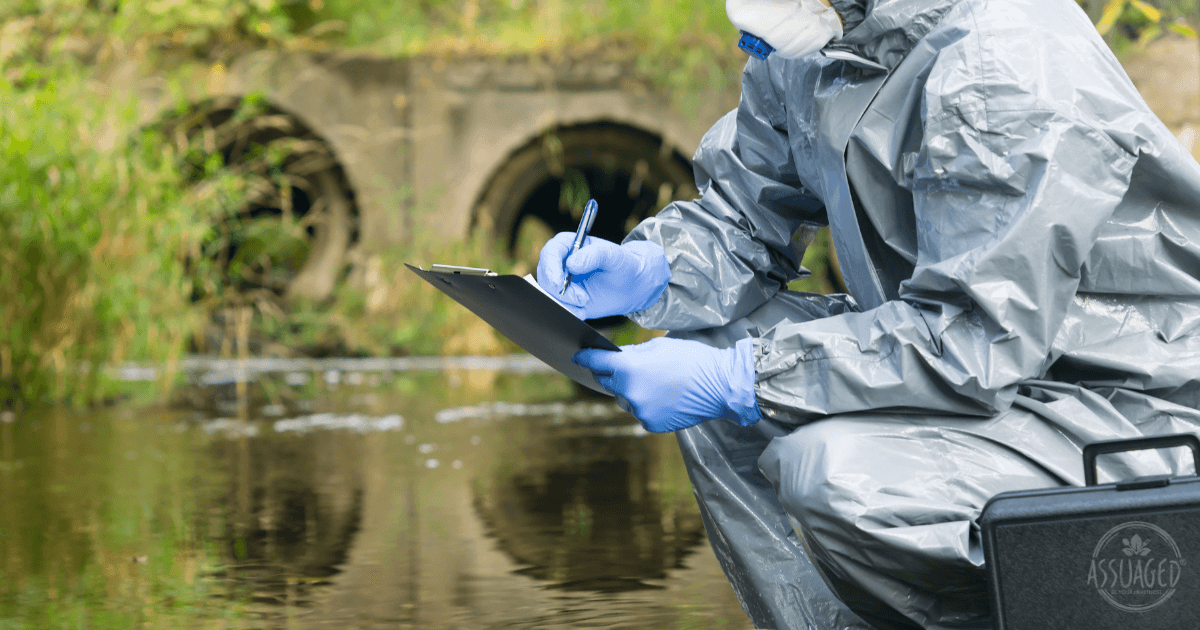Guarding Water Sources
Water is life. But what happens when the very source of life becomes threatened by invisible dangers? Groundwater, often out of sight and out of mind, is the unseen lifeline for billions around the world. It quenches our thirst, feeds our crops, and supports delicate ecosystems. Yet, as human activities expand, this invaluable resource faces growing risks. In this blog, we’ll explore the hidden world of groundwater contamination, focusing on the alarming impact of volatile organic compounds (VOCs) and semi-volatile organic compounds (SVOCs).

Groundwater, the water stored beneath the Earth's surface in aquifers, is one of the planet's most essential resources. It plays a critical role in sustaining human life, agriculture, and ecosystems. However, its vital importance often goes unnoticed, leaving it vulnerable to contamination. Chemicals from agricultural, industrial, and household sources pose significant threats to groundwater quality, jeopardizing public health, food security, and natural ecosystems. Among these contaminants, volatile organic compounds (VOCs) and semi-volatile organic compounds (SVOCs) are particularly concerning due to their persistence and toxicity. These pollutants, though microscopic, have far-reaching consequences for public health and environmental stability. Let’s dive deep, literally and figuratively, to understanding the stakes and solutions for safeguarding our underground reservoirs.[1]
The Role Of Groundwater in Our Daily Lives
Groundwater provides nearly half of the global population with drinking water, making it the most widely consumed source of freshwater. In many rural areas, especially in developing countries, it serves as the primary and sometimes sole source of water for communities. In agriculture, groundwater is indispensable for irrigation, supporting food production worldwide. Moreover, many industries rely on groundwater for their operations, using it in processes such as cooling, cleaning, and manufacturing.
Despite its importance, groundwater often remains "invisible" compared to surface water like lakes and rivers. This invisibility leads to a lack of awareness[4] about the critical role it plays and the consequences of its contamination.
VOCs and SVOCs: Hidden Threats to Groundwater
Volatile organic compounds (VOCs) are chemicals that easily evaporate into the air but can also dissolve in water. They are commonly found in industrial solvents, gasoline, and household products like paints and cleaners. Once VOCs enter groundwater, they can persist for long periods and migrate to drinking water supplies. Examples of VOCs include benzene, toluene, and trichloroethylene, which are known to cause serious health issues such as cancer, liver damage, and neurological disorders.
Semi-volatile organic compounds (SVOCs), on the other hand, are less volatile but equally hazardous. These compounds, such as naphthalene and certain pesticides, tend to adhere to soil particles, making their migration slower but more persistent. SVOCs often originate from industrial discharges, pesticide runoff, and improper waste disposal. Their presence in groundwater can lead to long-term contamination, requiring extensive remediation efforts.[2]

The Hidden Dangers of Chemical Contamination
When harmful chemicals seep into the groundwater supply, the results can be devastating. Once chemicals enter the aquifer, they are incredibly difficult and expensive to remove. This contamination can lead to:
- Health Hazards: Polluted groundwater can carry toxins like nitrates, heavy metals, and synthetic chemicals, causing severe health issues like cancer, developmental disorders, and reproductive problems.
- Economic Impacts: Treating contaminated water and mitigating its effects on agriculture and infrastructure put a heavy financial burden on local communities and governments.
- Environmental Damage: Ecosystems dependent on groundwater, including wetlands and forests, suffer when the water becomes polluted, disrupting biodiversity and natural habitats.
Ways to Protect Groundwater
Safeguarding this resource begins with awareness, but it also requires action at multiple levels: individual, community, and government.
- Adopt Sustainable Farming Practices: Encourage the use of organic farming methods, reduce dependence on chemical fertilizers, and improve irrigation techniques to minimize agricultural runoff.
- Ensure Proper Waste Disposal: Dispose of household chemicals, motor oil, and medications responsibly to prevent them from entering the water supply.
- Strengthen Regulations: Advocate for stricter regulations on industrial waste management and chemical usage to reduce contamination risks.
- Invest in Research and Technology: Support efforts to develop advanced groundwater monitoring systems and sustainable cleanup technologies.
- Educate Communities: Launch local campaigns to inform residents about the importance of protecting groundwater and ways to contribute.[3]
Groundwater is so much more than just water. It’s the lifeblood of our world. It fuels our health, nourishes our crops, and keeps ecosystems thriving. Protecting it isn’t just a task for governments or environmentalists. It’s something we all need to be part of.
The good news is, even small actions can make a big difference in preventing chemical contamination. And when we take those steps, we’re not just protecting water; we’re preserving a future where clean, safe groundwater is always there for the generations to come.
At the end of the day, clean water is the essence of life itself. It sustains us, connects us, and gives our planet its vibrancy. The choice to safeguard it? That’s a choice for life. Let’s make this choice together!
Works Cited
Water Resources Mission Area. (2019, February 27). Volatile Organic Compounds (VOCs) | U.S. Geological Survey. Www.usgs.gov. https://www.usgs.gov/mission-areas/water-resources/science/volatile-organic-compounds-vocs
VOLATILE ORGANIC COMPOUNDS IN WATER, SOIL, SOIL GAS, AND AIR BY DIRECT SAMPLING ION TRAP MASS SPECTROMETRY (DSITMS) 1.0 SCOPE AND APPLICATION. (n.d.). https://www.epa.gov/sites/default/files/2015-12/documents/8265.pdf
Liu X. (2022). Understanding Semi-volatile Organic Compounds (SVOCs) in Indoor Dust. Indoor + built environment : the journal of the International Society of the Built Environment, 31(2), 291–298. https://doi.org/10.1177/1420326x211070859
Groundwater | Groundwater protection. (2019). Ngwa.org. https://www.ngwa.org/what-is-groundwater/Groundwater-Protection










